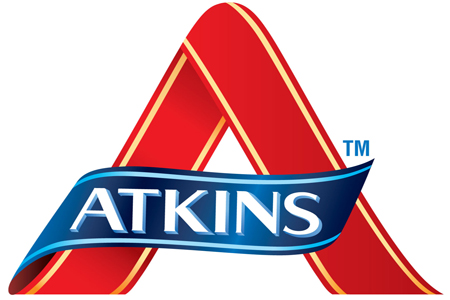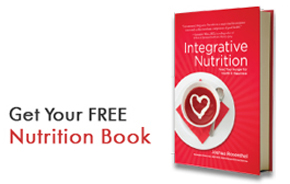The Atkins Diet was first developed in the 1960’s by Dr. Robert C. Atkins. He is the author of numerous books including Dr. Atkins’ New Diet Revolution published in 1972. However, it was not until two decades later that the Atkins Diet became popular.
The Atkins Diet is based on the concept that when carbohydrates are significantly restricted, the body will burn fat for fuel more efficiently. This allows individuals to reach their goal weight relatively quicker than if carbohydrate intake remained the same. There are four phases to the Atkins Diet, all of which exclude the consumption of refined sugar, milk, white rice, and white flour.
Five Principles of the Atkins Diet:
- High protein
- High fiber
- Low sugar
- Vitamins & minerals
- No trans fats
Phase One: Induction
This phase is the first two weeks of the program and is the most restrictive. It is intended to provoke the body to burn stored fat by provoking a state of ketosis. During this phase, less than 20g of net carbohydrates are allowed per day, with 12-15g being from vegetables. Small, frequent meals are encouraged, as there should not be more than six waking hours without eating. Each meal should contain 4-6 ounces of protein.
Phase Two: Ongoing Weight Loss
During this phase, daily carbohydrate intake in the form of fiber-rich foods may be increased to weekly increments of 5g. Nuts and seeds are slowly reintroduced, but the rest of the diet remains the same in this phase as in the induction phase.
Phase Three: Pre-Maintenance
This phase should only begin once there are 10lbs or fewer to lose. Each week, up to 10g of net carbohydrates may be added, depending on carbohydrate tolerance. During this phase it is very important to pay attention to cravings and how the body responds to the carbohydrates that are being added.
Phase Four: Lifetime Maintenance
This phase may begin once the weight-loss goal has been reached and may be continued indefinitely. The average grams of net carbohydrates allowed is 40-120 per day, depending on the body’s reaction.
Although exercise is not a huge focus for the Atkins Diet, it is encouraged to engage in some type of physical activity, depending on individual weight loss goals.
Pros:
- Does not allow refined sugar, refined carbohydrates, or trans fat
- Many dieters experience rapid weight loss
- Encourages individuals to become aware of their cravings and their body’s response to carbohydrates
Cons:
- The Induction phase may be difficult for some
- May be high in cholesterol and saturated fats
Sources:
1. “Atkins.” atkins.com. 2011.
2. “Atkins Diet.” health.usnews.com. 2012.









Leave A Response